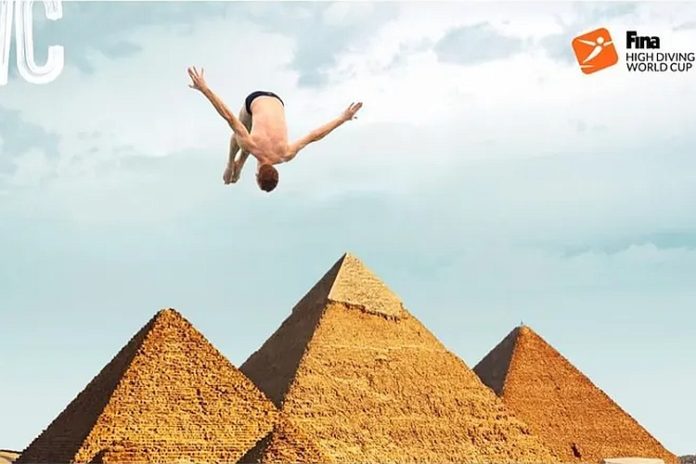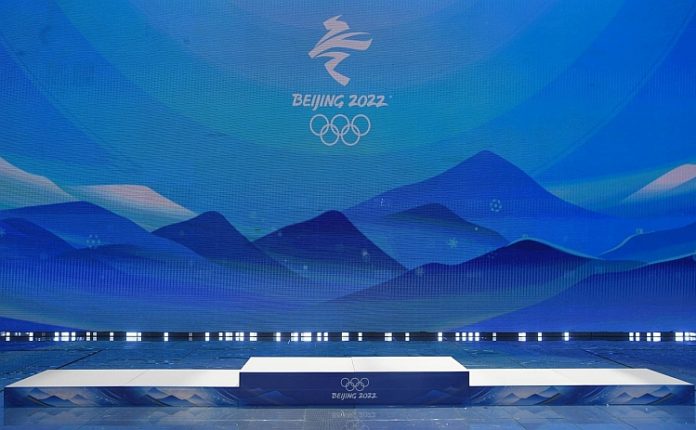The debate over transgender participation in international sports just got warmer.
In November, the International Olympic Committee introduced a six-page “IOC Framework on Fairness, Inclusion and Non-Discrimination on the Basis of Gender Identity and Sex Variations” that stated, among 10 separate points, that eligibility criteria imposed by a sports organization should
“[Provide] confidence that no athlete within a category has an unfair and disproportionate competitive advantage (namely an advantage gained by altering one’s body or one that disproportionately exceeds other advantages that exist at elite-level competition”.
Then came the details, in an online media roundtable on the Framework, where Dr. Richard Budgett (GBR), the IOC’s Medical and Scientific Director, stated:
“[O]ne of the things that I think the Framework does, is move us on from just considering testosterone. Because, obviously, it is perfectly clear now that performance is not proportional to your endogenous – your in-built – testosterone. …
“What we’re really interested in is the outcome, and what this does is change the process to getting that outcome of performance. There was an agreement amongst many of us in sport that 10 nmol/L was probably the wrong level if you’re looking at testosterone anyways. Many sports have moved on from that, and gone to different levels, and what we’re saying now is, ‘you don’t need to use testosterone at all.’
“But this is guidance, not an absolute rule. So we can’t say that the framework in any particular sport be it World Athletics or another is actually wrong. They need to make it right for their sport and this Framework gives them a process by which they can do it, thinking about inclusion and then seeing what produces disproportionate advantage.”
On Tuesday (18th), a “joint position statement” by the International Federation of Sports Medicine (FIMS) and European Federation of Sports Medicine Associations (EFSMA) was published, criticizing the IOC’s Framework approach. It was co-authored by 38 physicians and researchers from Austria, Belgium, Brazil, China, France, Germany, Great Britain, Italy, Japan, Latvia, Mexico, Romania, Russia, South Africa, Spain, Switzerland and Turkey, and included medical officers or medical commission members from the Union Cycliste Internationale, World Athletics, World Triathlon, the World Baseball Softball Confederation, the International Paralympic Committee, and the World Olympians Association.
The critique included:
● “The new IOC framework mainly focuses on a particular human rights perspective, and the scientific, biological or medical aspects are not considered.”
● “While not being named specifically in the framework but clarified in the presentation of the framework by the IOC, it is clear that [point 5] refers to the androgenic hormone testosterone and that there should be no presumption of advantage due to high concentrations of testosterone in the male range of 9.2–31.8 nmol/L13 for long periods.”
● “Testosterone is well established in the literature to promote the male secondary sex characteristics and is the primary driver for the increase in muscle mass, enhanced physique and performance for athletes.”
● “High concentrations of testosterone drive an increase in fat-free mass, which is responsible for much of the sex differences in sports performance between cisgender men and cisgender women. The performance-defining qualities of testosterone are also reflected in the fact that the [World Anti-Doping Agency] lists testosterone as an S1 anabolic agent and ‘prohibits its use at all times’.”
● “Therefore, there is little doubt that high testosterone concentrations, either endogenous or exogenous, confer a baseline advantage for athletes in certain sports. … [the] protocol for the treatment of trans women is consistent with the scientific consensus that trans women’s testosterone should be suppressed to below 5 nmol/L to be eligible to compete in the female category of sport and therefore, conflicts with the [Framework] statement that this treatment is ‘medically unnecessary’.”
The joint statement also criticizes the Framework’s recommended ban on physical examinations and calls into question the Framework’s characterization of medical treatments related to transgender transitions and warns:
“The potential consequences of these imposed constraints could be one of two unwanted extremes (1) exclusion of transgender or DSD [differences in sex development] athletes on the grounds of performance advantage or (2) self-identification that all but equates to no eligibility rules.
“By adopting the recent IOC framework without the possibility of necessary interventions for gender classification (the authors preferred use of the term rather than the unhelpful and emotionally charged concept of ‘unnecessary medical intervention’), exclusion of all transgender or DSD athletes on the grounds of performance is likely in sports where safety and fairness are prioritised (eg, Athletics, Rugby, Boxing, Judo); at least during the time it will take for confirmatory research to be conducted.”
So, where does this leave us?
First of all, the IOC’s Kaveh Mehrabi (IRI), Director of the Athletes’ Department, said during the November media roundtable: “The Framework is not legally binding, to go into the core of it. … I think it’s a process that we have to go through with each federation on a case-by-case basis and see what is required.”
The FIMS/EFSMA statement notes that eligibility criteria for transgenders have already been adopted by World Athletics, the UCI for cycling, World Rowing, World Rugby and the International Tennis Federation. World Athletics has been deeply into the research on this topic for years, and its approach – based primarily on testosterone levels – was upheld for athletes with differences in sex development by the Court of Arbitration for Sport in the Caster Semenya (RSA) case decided in 2019.
The IOC Framework encourages International Federations to create their own rules for their sports, based on new, peer-reviewed research. The FIMS/EFSMA statement opines that most federations do not have the experience, sophistication or funding to undertake such a project and that the IOC should do so. However, the IOC has promised funding for IF research, upon request.
Said IOC Corporate Communications & Public Affairs Director Christian Klaue (GER) during the November media roundtable, “We have outlined a process. We haven’t got the solution. We need to find the solution together, and that’s what we want to do.”
The positions of the IOC and FIMS/EFSMA are not impossible to reconcile, but the only path is through the kind of detailed research that World Athletics undertook in the Semenya case, but this time focused equally on transgender athletes.
This issue is heating up in the U.S., currently focused on performances by former male swimmer Will Thomas at the University of Pennsylvania, now competing as Lia Thomas after following the current procedures applicable under NCAA rules. The NCAA Board of Governors is expected to issue a statement about the issue after its meeting on Thursday (20th).
The solution? One obvious possibility is for FIMS to request funding from the IOC to undertake the detailed research needed in this area – which will take several years – for those federations interested in such a study … which should include all except those who have already done so. The IOC has long experience with these kinds of breakthrough programs, such as when it was the critical mover in the creation of the Court of Arbitration for Sport (1984), World Anti-Doping Agency (1999) and the International Testing Agency (2018).
Isn’t a joint project the way to bring everyone into the same room at the same time?
Rich Perelman
Editor
You can receive our exclusive TSX Report by e-mail by clicking here. You can also refer a friend by clicking here, and can donate here to keep this site going.
For our 832-event International Sports Calendar for 2022 and beyond, by date and by sport, click here!


























